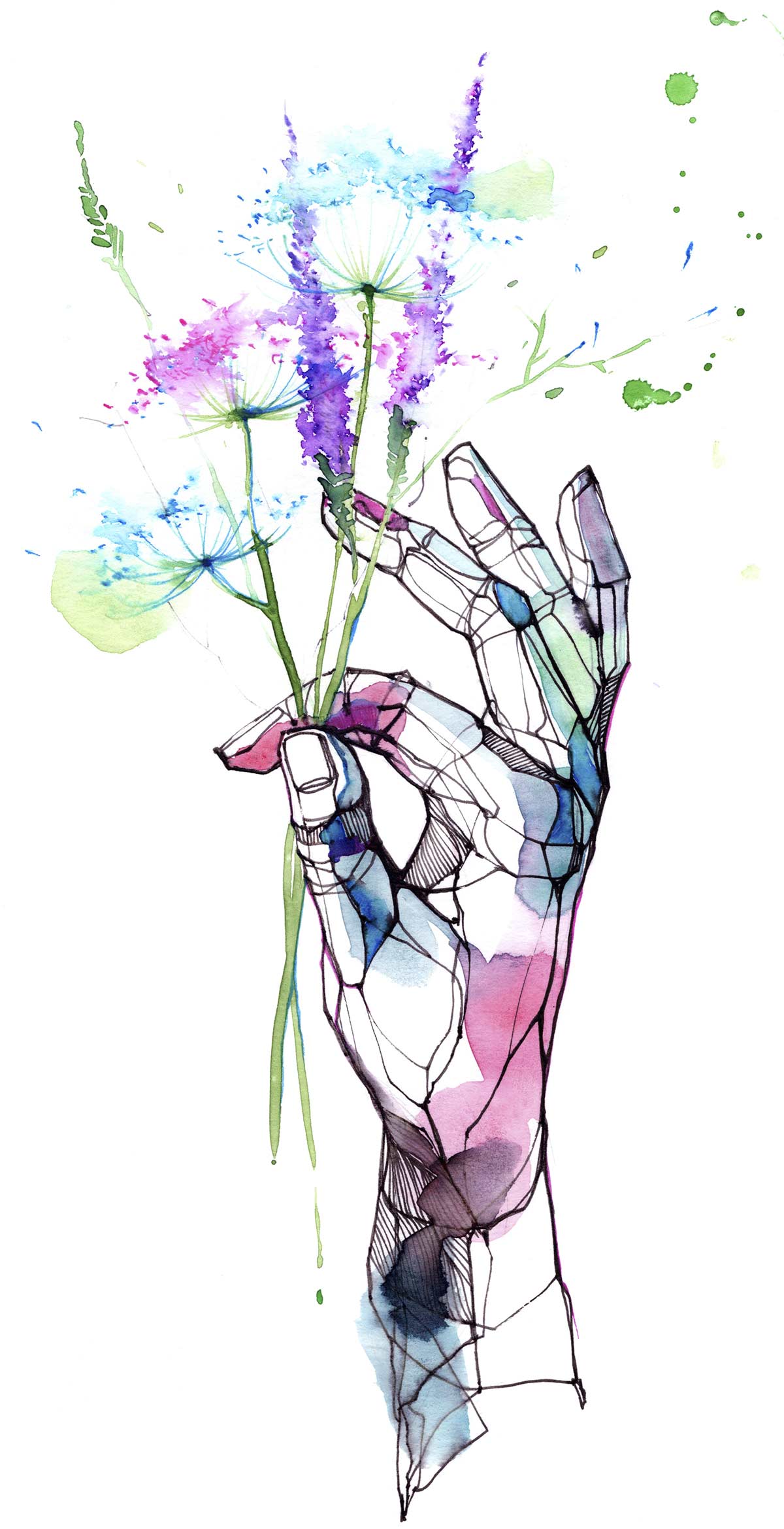 School of Medicine
School of MedicineShe’s in a coma. He closes his eyes, trying to breathe through the burning numbness. Both suffer the pain of having lost the body’s most versatile tool: the hand.
The paramedic team find themselves on two separate missions: save the woman’s life and save her hand — the right one severed from the wrist by shrapnel.
The last thing he remembers is lifting his left hand, seeing nothing but bone and crying out, “Oh sh*t, I’m dying,” as his co-workers wait for the ambulance to arrive. Both hands are crushed, skin is in tatters.
Texas Tech Physicians Hand Clinic
Both patients are taken to the hospital where a consult is ordered from the Texas Tech Physicians Hand Clinic in Lubbock. Brendan MacKay, MD, clinic director and orthopedic hand surgeon, presides over both cases.
The hand clinic performs 20 to 40 surgeries and sees more than 200 patients a week addressing a wide variety of issues — many on par with combat injuries similar to these patients.

Responding to the trauma, MacKay instructs paramedics to wrap the female patient’s severed hand in moist gauze, bag it, then bag again in ice and water. It has to sit overnight until she’s ready for his portion of the surgery.
MacKay looks over the male patient’s case and knows the left hand can’t be saved. He amputates the index finger on the right hand, but wanted a second opinion on saving the other fingers. He transfers the case to Swedish Medical Center in Englewood, Coloarado, collaborating with Benson Pulikkottil, MD, a plastic surgeon specializing in hand surgery.
While the female patient is in a six-day coma, MacKay and team reattach blood vessels and tendons, joining the severed hand back to the wrist. The mother of six wakes up to find she has her dominant hand back. Six months after her hand is reattached, the female patient has gained 40% function in her right hand, while her left has been fully restored. “I can’t imagine how I would raise my children without my right hand. I’m glad I don’t have to.”
Both of the male patient’s hands are amputated in Colorado. However, his nerves don’t know that. “It’s like someone is taking a cheese grater to my wrists and grating my hands off over and over and over again.”
Three excruciating months later, he’s back in Lubbock under the care of MacKay and his team for Targeted Muscle Reinnervation surgery. This technique trains the nerves to forget the hand was ever there. He’s now learning to use prosthetics and enjoys time with his family. “The cheese grater is gone — I’m just so thankful.”
When the hand clinic team isn’t improving quality of life, they are involved in extensive research projects. Publishing 30 publications and 30 posters in national and international talks in the past three years culminated in a recent $1 million grant from the Department of Defense to collaborate with hand centers on the east coast in amputee care.